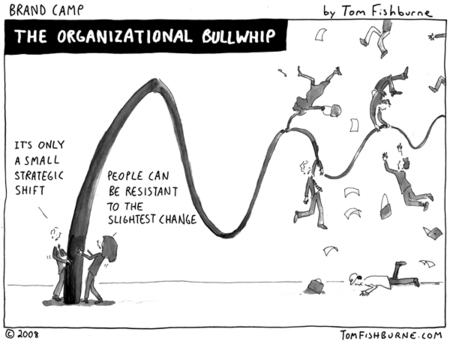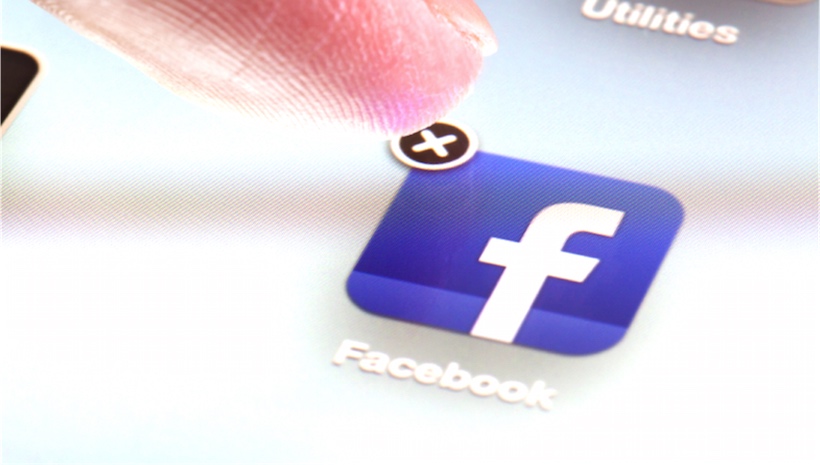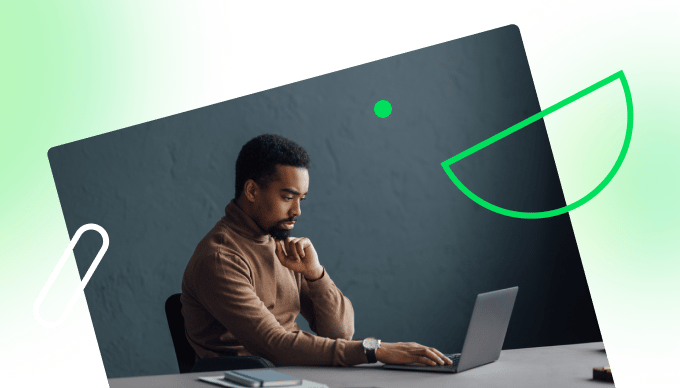“I’ve created a monster!” It’s a common horror-movie trope. A well-intentioned scientist sets out to create something beneficial to humanity, but ends up getting drunk on creative power. They then gasp in horror as their creation devolves into an ugly, unstoppable menace. We saw it in Frankenstein, we saw it in The Fly, we saw it in Jurassic Park, but now we’re seeing it in an unlikely place: Silicon Valley.
Yes, some of tech’s most brilliant designers and engineers are advising users to limit the time they spend using the products they helped create. In a recent piece in the Guardian, Nir Eyal, author of Hooked and thought leader on the psychology of building addictive products, reverse-engineered why apps are as sticky as they are:
“The technologies we use have turned into compulsions, if not full-fledged addictions.”
He goes further, “It’s the impulse to check a message notification. It’s the pull to visit YouTube, Facebook, or Twitter for just a few minutes, only to find yourself still tapping and scrolling an hour later.” None of this is an accident, he writes. It is all “just as their designers intended”.
Loren Brichter, the creator of the famously addictive pull-to-refresh interaction made popular by Twitter, says in the same Guardian piece, “Smartphones are useful tools, but they’re addictive. Pull-to-refresh is addictive. Twitter is addictive.“ And with much regret adds, “I have two kids now and I regret every minute that I’m not paying attention to them because my smartphone has sucked me in.”
And the compulsion to keep checking, connecting and refreshing isn’t just while we’re home. It’s pretty easy to get used to the digital tools we use every day and go overboard. Even in the workplace, 44% of professionals say they check their mobile devices more than 20 times a day!
This is why we need to look at our routines and audit our habitual usage of these products. Do they aid us in living better quality lives? Or do they harm our ability to focus and function?
Newport’s Two Mindsets for Judging Digital Tools
I hear you asking: "Why is there even a need to question what tools and apps I use? They’re all helpful in some way!"
Perhaps.
Cal Newport, author of Deep Work and computer science professor at Georgetown University, proposes that there are really only two mindsets you can use to look at your digital tools.
First there is the any benefit mindset, which basically claims you should use a tool as long as it provides a benefit — any benefit at all. In this category you’ll find people defending their 12-hour-a-day Facebook habit because it connects them with high school classmates. Or people who will swear that using Twitter four hours a day is how they get their news.
In the video below, watch Jim Clark, the entrepreneur/computer scientist/founder of Silicon Graphics, Netscape, and several other companies, talk about why he doesn’t like the way social media eats up your time. The pertinent section begins at the 42-minute mark.
Newport suggests that instead of the any benefit mindset, you use the craftsman mindset, where you select only those tools that provide the most substantial benefits to the things you value most.
If you are instinctively attracted to a shiny new app because the rest of your peers are all using it, think things through a bit more. Will it help you accomplish your larger objectives? Or will it simply cram yet another distraction into your mobile device?
Remember, Apps are Designed to be Addictive
You know why apps like Facebook and Twitter are so hard to quit? Because they’re designed from the ground up to be as addictive as possible.
"It’s a 4-step process," says Nir Eyal, "that connects your problem with a company’s solution, and does it with enough frequency that it becomes a habit."
"It starts with a trigger that reminds us of our need for the app, which leads us to accomplish an action within the app. That results in a variable reward which we crave and keep coming back for, thus ensuring our psychological investment in the app," says Eyal.
Essentially, if it’s top of mind, then it’s the first icon you tap. "It’s the product that has the ’mind monopoly’ that succeeds," says Eyal.
Prime example: when you’re bored waiting in line, what’s the first app you tap? When you need quick information on something, what website do you visit?
These are all very concrete everyday problems, and these apps or products have found a way to connect their solution to your pain. You’ve been hooked.
So How Do You Successfully Detox?
So how does one actually conduct a digital detox? Here are a few of the many approaches that have good a chance of making an impact on your distracted digital life.
Learn One New Habit a Day for 30 Days

Probably one of the best and most detailed methods for engaging in a digital detox is to consciously exchange a digital habit with a healthier, non-digital one.
In her article for Forbes, "Try The 30-Day Digital Detox Challenge," writer Nancy Colier prescribes relearning such habits as not using any device while socializing (day 2), or stop putting your device in your pocket when not in use (day 3), and turn your bathroom into a tech-free zone (day 13).
Each day, you add one new habit to your repertoire till you’re practicing all 30 habits simultaneously. It’s appealing in its simplicity, and thus totally do-able.
Set Limits on Tech Use

Your parents had the right idea when they used to tell you, "Only one hour of TV tonight, dear!"
Enforcing hard limits on your tech usage will keep you from sliding down into the rabbit hole of always-available real-time information.
Tip: StayFocusd is a browser extension that limits the amount of time you spend on time-wasting websites such as Facebook or Youtube.
Tip: Stop searching for every last thing. Explore trails instead of maps. Use a dictionary or encyclopedia instead of a search engine.
Tip: Enforce no-tech hours: maybe during the first hour of waking or right after dinner, so you get some quality time.
Seek Dopamine in Exercise

Remember how Nir Eyal says it is the variable reward that keeps us coming back to our apps? You can get that same dopamine rush elsewhere.
Holland Haiis, digital detox expert and author of Consciously Connecting: A Simple Process to Reconnect in a Disconnected World, shares this sage bit of wisdom:
"The dopamine in our brains is stimulated by the unpredictability that social media, emails and texting provide. It’s a vicious cycle and in order to break that cycle, you need to find the same unpredictability and stimulation which is out there if you are exercising. You never know what’s around the bend when out for a jog, bike ride, or walk."
So instead of reaching for Facebook? Put on those running shoes.
Trim Your List of Apps & Extensions

You’ve got more apps than you need on your device. Probably more browser extensions than necessary, as well. After you’ve assessed your tools for those that give you real value, prune the rest. Some tips:
Tip: Delete your Facebook and Twitter apps. You know the reason why your battery’s always drained? Because those two apps are always on and tracking your location and habits. They’re notorious for eating up battery life, as well as your free time. If you really do need to access them, you can use your mobile browser.
Tip: If you don’t recognize an app or browser extension, uninstall it ASAP. You obviously haven’t used it recently and can’t even remember what it’s for. Begone!
Tip: Keep an active list of every new app or extension you try. Have a date when you installed it, and give yourself 7 days to use it on a trial basis. If it adds value to your work, keep it. If not, uninstall!
Quit Cold Turkey

Social media tools are one type of product that may be essential for the day-to-day work of a marketer, but which at the same time may provide multiple distractions to the rest of us who are simply trying to get stuff done.
In his book Deep Work, Cal Newport suggests an extreme approach to assessing your social networks: quit them all cold turkey for 30 days without telling anyone, then answer two questions after the hiatus:
- Did the absence of the social network hamper your ability to do your work, or create value for your company?
- Did people care that you weren’t using these social networks?
If you answer yes to both, then you probably need to keep using that social network. If no, then stay off it!
While Newport acknowledges that quitting social media isn’t going to be realistic for everyone, his point is: use them ONLY if they truly add value to your work and goals. If they don’t, then you’ve just successfully quit them for a month, so you may as well keep going.
Time to Curb Your Tech Addiction
In the end, we can only blame ourselves if we reach that point where our attention spans are so fragmented we can’t even keep a face-to-face conversation going more than a few seconds.
The time to look at our habits involving our apps and devices is right now.
In the same way that we make smart choices about our diets, we must make the same choices for our minds, our attention spans, and ultimately, our productivity.
Read More
- You’re Using The Internet Wrong: Here’s How To Finally Eliminate Digital Distractions
- Addicted to Multitasking: The Scientific Reasons You Can’t Stop Juggling Work
- The Unexpected Benefits of Shaking Up Your Work Routine




